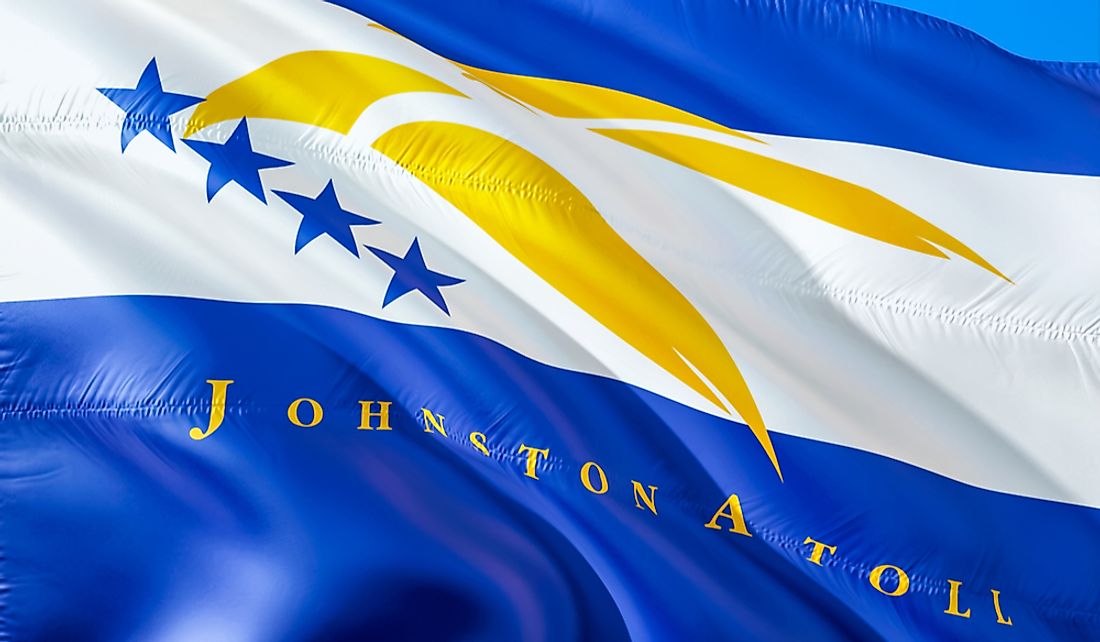Where Is Johnston Atoll?

Johnston Atoll is an unincorporated U.S. territory situated in the North Pacific Ocean. The 1.03 square miles deserted island is approximately 750 nautical miles southwest of Hawaii, and it’s currently grouped as one of the U.S. Minor Outlying Islands.
Accessing the Island
The island is closed to the public, and it serves as a National Wildlife Refuge. No one can access the Johnston Atoll, even for management purposes, without the special-use permit from the U.S. Wildlife and Fish Service and an authorization letter from the American Air Force.
The atoll has never had native inhabitants, but during the late twentieth century, it was occupied by an average of 1,000 civilian contractors and 300 military personnel.
Geography
Johnston Atoll has 4 islets; Sand, Johnston, Hikina, and Akau islands. Sand Island and Johnston Island are enlarged natural features while Hikina and Akau are artificial islands which were created by coral dredging. The fills and dredge operations increased the size of Johnston Island from 46 acres to 596 acres by 1964. It also increased the size of Sand Island to 22 acres while adding two new islets; Hikina (18 acres) and Akau (25 acres) islands. These islands are situated on a coral reef platform.
The reef crest on the northwestern part of the atoll provides a shallow lagoon whose depth is about 32.8 feet. Johnston Atoll has various palm trees on its flat terrain and some low-growing vegetation. The Atoll, whose altitude ranging from sea level to 16 feet, does not have natural freshwater resources.
History
The atoll was discovered in 1796 when an American ship grounded on a shoal near the islets. The ship’s captain published his experience in numerous newspapers in 1797 giving the exact location of the Sand and Johnston islands. The atoll was not named until December 14, 1807, when Captain Charles Johnston of HMS Cornwallis saw the islands.
The Guano Act of 1856 made it possible for the United States to claim all the islands with guano deposits including Johnston Atoll. Therefore, R.F. Ryan and William Parker sailed to Johnston Atoll in 1858 to look for guano deposits. They found guano in the same year and claimed the island.
Johnston Atoll was claimed by both the Hawaiian Kingdom and the United States by 1858. Samuel Allen tore the American flag in 1858 and replaced it with the flag of Hawaii and renamed the atoll Kalama in 1858.
The American Navy took over the atoll in 1934 and built a naval air station by 1941. The military enlarged the sand and Johnston islands by grading and dredging. They even built two artificial islands. The atoll was transferred to the American Air force in 1948 and became linked with nuclear weapon testing until 1962. It became a chemical weapons storage facility, and the Defense Nuclear Agency managed it from 1974 to 1999.
Wildlife
Over 300 fish species have been recorded from inshore and reefs waters of Johnston Atoll. Some of the seabird species which breed on the atoll include red-footed booby, masked booby, Christmas Shearwater, and black noddy among others. The atoll is also visited by numerous migratory shorebirds like sanderling, ruddy turnstone, wandering tattler, and Pacific golden plover. Various cetaceans migrate through the region including Cuvier’s beaked whales.











